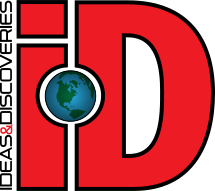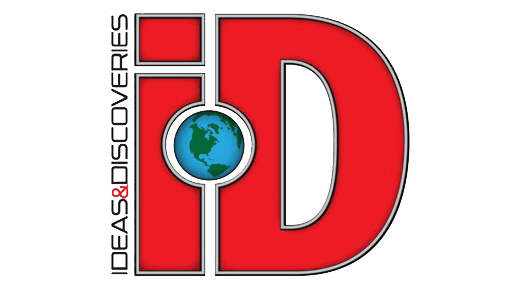Quantum messages sent across a 254-km telecom network in Germany represent the first known report of coherent quantum communications using existing commercial telecommunication infrastructure.
The demonstration, reported in Nature this week, suggests that quantum communications can be achieved in real-world conditions.
Quantum networks have the potential to enable secure communications, such as a quantum internet; quantum key distribution is one example of a theoretically secure communication technique.
Exploiting the coherence of light waves (their potential to interact predictably) can extend the range of quantum communications, but scalability has been limited by the need for specialized equipment, such as cryogenic coolers.
An approach that enables the distribution of quantum information through optical fiber cables, without the need for cryogenic cooling, is described by Mirko Pittaluga and colleagues.
Their system uses a coherence-based twin-field quantum key distribution, which facilitates the distribution of secure information over long distances.
The quantum communications network was deployed over three telecommunication data centers in Germany (Frankfurt, Kehl and Kirchfeld), connected by 254 km of commercial optical fiber—a new record distance for real-world and practical quantum key distribution, according to the authors.
This demonstration indicates that advanced quantum communications protocols that exploit the coherence of light can be made to work over existing telecom infrastructure.
More information:
Mirko Pittaluga et al, Long-distance coherent quantum communications in deployed telecom networks, Nature (2025). DOI: 10.1038/s41586-025-08801-w
Citation:
Quantum messages travel 254 km using existing infrastructure for the first time (2025, April 23)
retrieved 23 April 2025
from
This document is subject to copyright. Apart from any fair dealing for the purpose of private study or research, no
part may be reproduced without the written permission. The content is provided for information purposes only.

